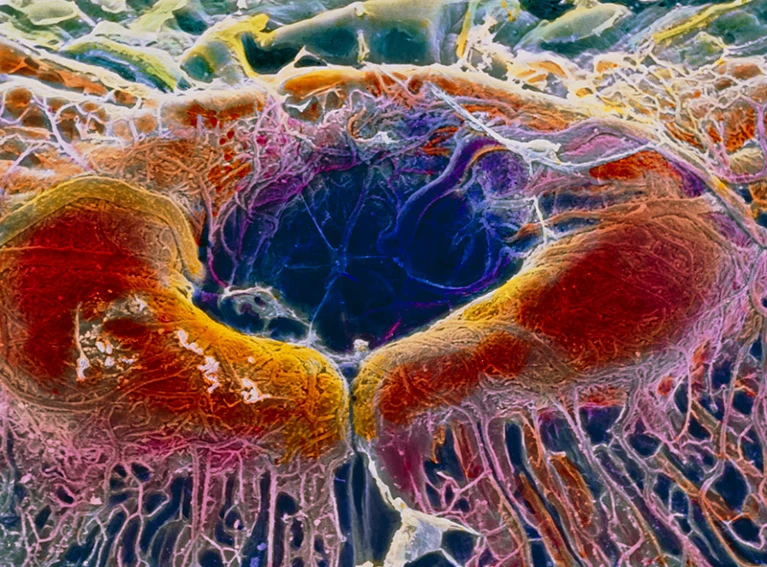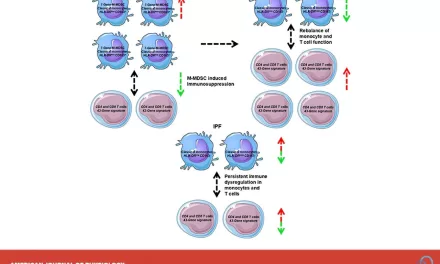Understanding the inner workings of the human mind has long been a pursuit of researchers seeking insights into cognitive functions. In a groundbreaking study, researchers from the University of Texas at Arlington have uncovered a novel link between pupil dilation and working memory, shedding new light on the mechanisms underlying cognitive performance.
Published in the peer-reviewed journal Attention, Perception & Psychophysics, the study, led by assistant professor of psychology Matthew Robison and doctoral student Lauren D. Garner, delves into the intricate relationship between pupil dilation and working memory variability among individuals.
The Role of Working Memory
Working memory, a cornerstone of the brain’s executive functions, plays a pivotal role in processing information and guiding decision-making processes. Whether completing immediate tasks or storing information for future use, working memory is instrumental in navigating the complexities of daily life.
Unraveling the Mystery
While working memory varies widely among individuals, the factors driving this variability have remained elusive. Seeking to unravel this mystery, Robison and Garner embarked on an innovative experiment to investigate whether pupil dilation could serve as a reliable indicator of working memory performance.
Insights from Pupil Dynamics
In their study, the researchers observed a fascinating phenomenon: individuals with higher working memory proficiency exhibited more pronounced pupil dilation during cognitive tasks. Conversely, lower performers displayed diminished pupil dilation, indicating a potential link between pupil dynamics and cognitive aptitude.
“Participants with enhanced working memory capabilities demonstrated not only larger overall pupil dilations but also greater discernment in processing information,” explained Robison. “This finding suggests that pupil dilation may offer valuable insights into cognitive engagement and performance.”
Experimental Approach
The study recruited 179 undergraduate students from UT Arlington to participate in a series of working memory tasks. Utilizing state-of-the-art eye-tracking technology, researchers continuously monitored participants’ pupil dilation as they engaged in cognitive exercises, providing unprecedented insights into cognitive processes.
Implications for Future Research
Robison and Garner’s pioneering research unveils a promising avenue for further exploration into the intricacies of working memory. By elucidating the role of pupil dynamics in cognitive performance, the study paves the way for future investigations aimed at unraveling the complexities of human cognition.
“This groundbreaking research expands our understanding of working memory variability and underscores the potential of pupil dilation as a valuable marker of cognitive function,” remarked Robison. “With continued research, we aim to unlock new insights into the inner workings of the human mind.”
Funding and Acknowledgments
The study received crucial support from the U.S. Naval Research Laboratory and the U.S. Army Research Institute, highlighting the collaborative efforts driving advancements in cognitive science and psychological research.












